How Do Phones Apply Filters To Camera View ?
Phones apply filters to camera view by using software algorithms that manipulate the colors and contrast of the image in real-time. The camera sensor captures the image, and the software then applies the selected filter to the image before displaying it on the screen. The filters can be applied manually by the user or automatically by the phone's camera app, depending on the settings. The filters can range from simple color adjustments to more complex effects like bokeh or portrait mode. The software analyzes the image and applies the filter based on the desired effect, such as enhancing the colors or blurring the background. The process is quick and seamless, allowing users to capture and share their photos with customized filters in real-time.
1、 Image processing algorithms
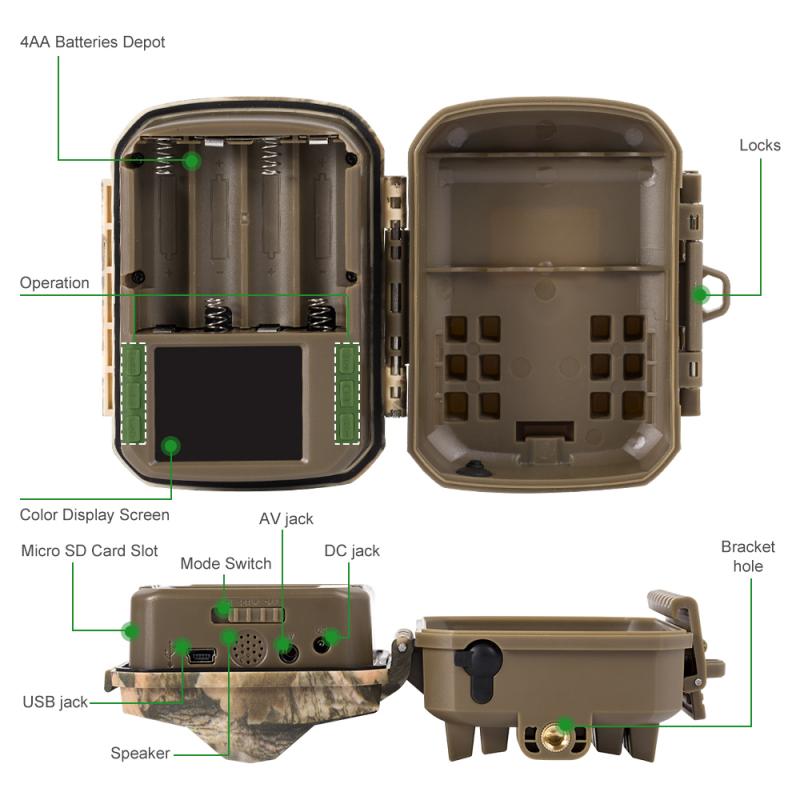
How do phones apply filters to camera view? The answer lies in image processing algorithms. These algorithms are a set of mathematical operations that manipulate the pixels in an image to achieve a desired effect. In the case of filters, the algorithm applies a series of transformations to the image to alter its appearance.
The latest point of view on this topic is that phone manufacturers are constantly improving their image processing algorithms to provide users with better and more realistic filters. For example, some algorithms use machine learning to analyze the image and apply filters that mimic the look of professional photography. Others use advanced color correction techniques to enhance the colors in the image and make them more vibrant.
The process of applying filters to a camera view on a phone involves several steps. First, the camera captures an image and sends it to the image processing algorithm. The algorithm then analyzes the image and applies the desired filter. Finally, the filtered image is displayed on the phone's screen.
Overall, the application of filters to camera views on phones is a complex process that involves advanced image processing algorithms. As technology continues to evolve, we can expect to see even more sophisticated filters and image processing techniques in the future.
2、 Color correction techniques

How do phones apply filters to camera view in terms of color correction techniques? Color correction is an essential aspect of photography, and it is no different for mobile phone cameras. The latest smartphones come equipped with advanced camera features that allow users to apply filters to their camera view. These filters are applied using various color correction techniques.
One of the most common color correction techniques used in mobile phone cameras is white balance adjustment. This technique involves adjusting the color temperature of the camera to match the lighting conditions of the environment. This ensures that the colors in the image appear natural and accurate.
Another technique used in mobile phone cameras is color grading. This technique involves adjusting the colors in the image to create a specific mood or tone. For example, warm colors can be used to create a cozy and inviting atmosphere, while cool colors can be used to create a calm and serene atmosphere.
Mobile phone cameras also use color filters to apply specific color effects to the image. These filters can be used to create a vintage look, black and white images, or even to enhance specific colors in the image.
In recent years, mobile phone cameras have become increasingly advanced, and the color correction techniques used have become more sophisticated. Some smartphones now use artificial intelligence to automatically adjust the color settings based on the scene being captured. This ensures that the colors in the image are always accurate and natural-looking.
In conclusion, mobile phone cameras apply filters to camera view using various color correction techniques such as white balance adjustment, color grading, and color filters. With the advancement of technology, these techniques have become more sophisticated, and some smartphones now use artificial intelligence to automatically adjust the color settings.
3、 Edge detection and enhancement
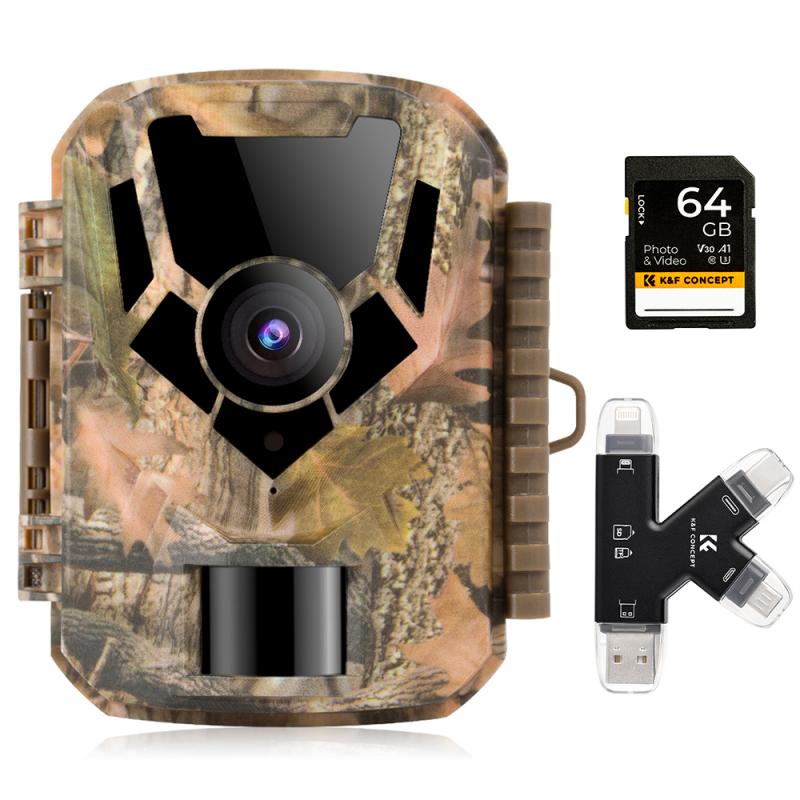
How do phones apply filters to camera view for edge detection and enhancement? The process involves a combination of hardware and software techniques. The camera hardware captures the image, and the software algorithms process the image data to apply the desired filter.
Edge detection is a common filter used in smartphone cameras. It works by identifying the edges of objects in the image and enhancing them to make them more visible. This is achieved through the use of algorithms that analyze the contrast between adjacent pixels in the image. The algorithms then apply a filter that enhances the contrast at the edges, making them more visible.
Enhancement filters are also commonly used in smartphone cameras. These filters work by adjusting the brightness, contrast, and color balance of the image to make it more visually appealing. The algorithms used to apply these filters are often based on machine learning techniques that analyze the image data to determine the best settings for the filter.
The latest point of view on smartphone camera filters is that they are becoming increasingly sophisticated. With the advent of artificial intelligence and machine learning, smartphone cameras are now able to apply filters that are tailored to the specific scene being captured. For example, a camera might apply a filter that enhances the colors of a sunset, or one that reduces noise in a low-light environment.
In conclusion, smartphones apply filters to camera view for edge detection and enhancement through a combination of hardware and software techniques. The latest point of view is that these filters are becoming increasingly sophisticated, with the use of machine learning and artificial intelligence to tailor the filters to the specific scene being captured.
4、 Contrast and brightness adjustments
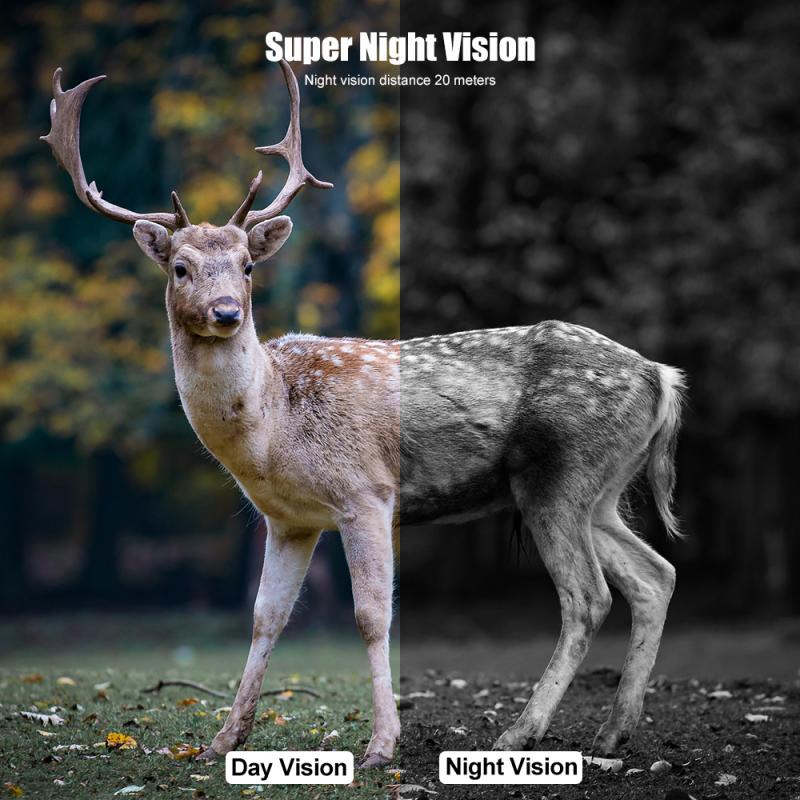
How do phones apply filters to camera view for contrast and brightness adjustments? The process involves a combination of hardware and software techniques. The camera hardware captures the image, and the software processes the image to apply the desired filter.
In terms of hardware, modern smartphones use advanced camera sensors that can capture high-quality images with a wide dynamic range. This means that the camera can capture both bright and dark areas of the scene with detail. The camera sensor also captures color information, which is important for applying color filters.
Once the image is captured, the software takes over. The camera app on the phone typically has built-in filters that can be applied to the image. For contrast and brightness adjustments, the software analyzes the image and adjusts the brightness and contrast levels accordingly. This can be done automatically or manually, depending on the user's preference.
The latest point of view on this topic is that smartphones are becoming increasingly sophisticated in their camera capabilities. Many phones now have multiple camera lenses, which can capture different types of images and apply different filters. For example, some phones have a monochrome lens that can capture black and white images with high contrast. Other phones have a wide-angle lens that can capture more of the scene and apply a fisheye effect.
In conclusion, phones apply filters to camera view for contrast and brightness adjustments through a combination of hardware and software techniques. As smartphones continue to evolve, we can expect to see even more advanced camera capabilities and filters in the future.








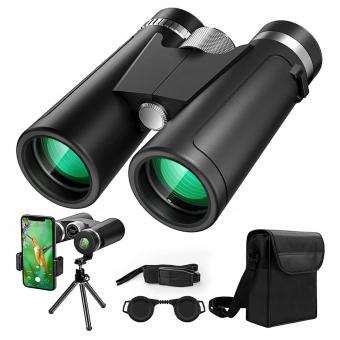



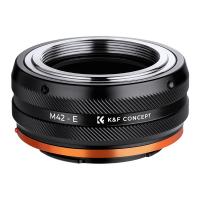




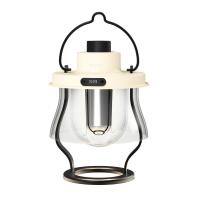
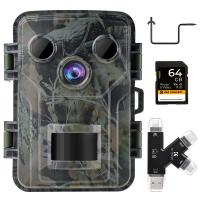
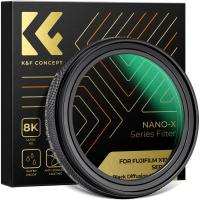



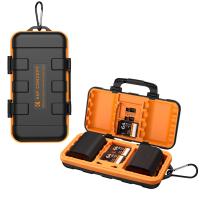





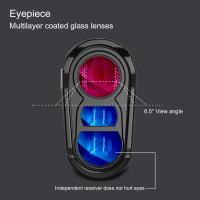
There are no comments for this blog.